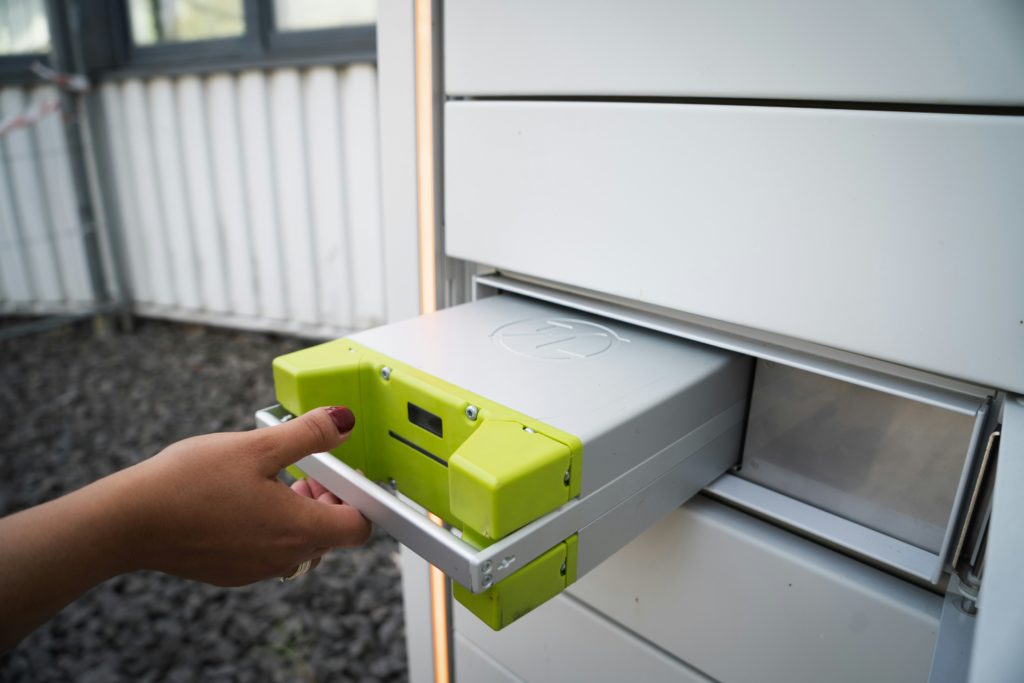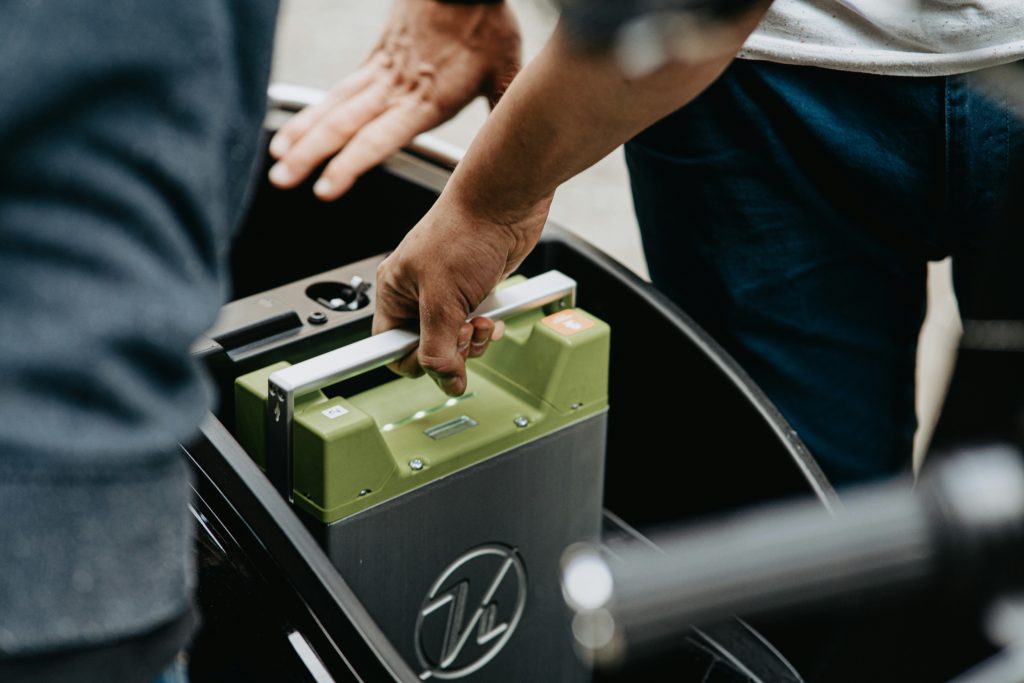Battery certification in Canada: a comprehensive guide for manufacturers and importers
In today’s fast-paced technological landscape, batteries are the unsung heroes powering everything from electric vehicles (EVs) to smartphones, laptops, and renewable energy storage systems. As global demand for batteries continues to surge, so does the need for robust safety and environmental regulations. In Canada, battery certification is a critical process that ensures products meet the country’s safety, performance, and environmental standards. For manufacturers and importers, understanding the nuances of battery certification is essential for market entry and success.
Read more: Battery certification in Canada: a comprehensive guide for manufacturers and importersWhy battery certification matters
The certification of batteries in Canada is more than just a regulatory formality—it’s a vital safeguard for consumers, businesses, and the environment. Uncertified or poorly designed batteries can pose significant risks, including overheating, fire hazards, or environmental contamination from harmful chemicals. Battery certification helps to prevent these risks by ensuring that products meet rigorous testing and safety standards.
Moreover, failing to comply with Canada’s certification requirements can result in severe penalties, such as product recalls, hefty fines, or outright bans on selling non-compliant products. For companies seeking to establish credibility and competitiveness, obtaining proper certification is non-negotiable.
Regulatory framework for battery certification in Canada

Battery certification in Canada involves adherence to several key regulatory frameworks, each governing a different aspect of battery safety, performance, and environmental sustainability. The main areas of focus are electrical safety, transportation of dangerous goods, environmental regulations, and energy efficiency standards.
Electrical safety standards
Batteries used in electronic devices, industrial equipment, or EVs must meet stringent electrical safety standards. These standards are set by organizations such as the Canadian Standards Association (CSA) and Underwriters Laboratories (UL), which assess whether batteries are safe for use in various devices.
For instance, lithium-ion batteries, which are commonly used in electronics and EVs, are subject to rigorous testing to evaluate their performance under different conditions like extreme temperatures, humidity, mechanical shocks, and vibration. Certification bodies such as CSA or UL test for overcharging, overheating, and potential leakage to ensure that batteries will not pose a safety risk when used or transported.
Transport of dangerous Goods
Batteries, particularly lithium-ion and lead-acid batteries, are classified as hazardous materials due to their chemical properties and the potential for fire or explosion. Transporting these batteries requires compliance with the Transportation of Dangerous Goods (TDG) Act, which is regulated by Transport Canada. These regulations ensure that batteries are packed, labeled, and shipped in a way that minimizes the risk of accidents during transport, whether by air, sea, rail, or road.
International guidelines set by the United Nations (UN) and organizations like the International Air Transport Association (IATA) also govern the global transport of batteries. Companies that export or import batteries to and from Canada must ensure compliance with both Canadian and international transport regulations.
Environmental regulations
Battery certification in Canada also encompasses environmental regulations aimed at minimizing the ecological footprint of battery production, usage, and disposal. These regulations, governed by Environment and Climate Change Canada (ECCC), focus on controlling the release of harmful substances into the environment, such as lead, cadmium, and mercury, which are present in certain types of batteries.
One notable initiative is the Battery Recycling and Disposal Regulations, which set requirements for the safe disposal and recycling of batteries. Manufacturers and importers are encouraged, or in some cases mandated, to implement take-back programs to ensure that used batteries are collected and recycled rather than disposed of in landfills. This helps reduce the environmental harm associated with battery waste and encourages the use of more sustainable materials in battery manufacturing.
Energy efficiency standards
Energy efficiency is another critical aspect of battery certification in Canada, particularly for products such as electric vehicle batteries and renewable energy storage systems. Natural Resources Canada (NRCan) sets energy efficiency standards that batteries must meet to be sold in the Canadian market. These standards are designed to promote the use of more energy-efficient technologies and reduce the overall carbon footprint of energy storage solutions.
Certification Process for Batteries in Canada

The process of obtaining battery certification in Canada typically begins with product testing at accredited laboratories. These labs evaluate batteries based on safety, performance, and environmental impact. Below is a general overview of the certification process:
- Initial Product Testing: Batteries undergo rigorous testing for electrical safety, energy efficiency, and environmental compliance. Accredited labs such as CSA, UL, or other recognized organizations conduct these tests, evaluating various aspects like thermal stability, charge/discharge cycles, and potential hazards.
- Certification Application: After successful testing, the manufacturer or importer must apply for certification through a recognized certification body (e.g., CSA, UL). The application includes technical documentation, testing results, and product details.
- Ongoing Compliance: Certification is not a one-time process. Batteries must undergo periodic re-evaluation to ensure ongoing compliance with Canadian regulations. In some cases, regulatory bodies may conduct random product audits to verify that certified batteries continue to meet the required standards.
- Labeling Requirements: Once a battery is certified, it must bear the appropriate certification mark (e.g., CSA or UL mark) to indicate its compliance with Canadian safety standards. This mark must be displayed on the product packaging and in promotional materials.
Challenges and Opportunities
The certification process can be complex and costly, especially for smaller manufacturers or new market entrants. However, the benefits far outweigh the initial investment. Certified batteries are more likely to be trusted by consumers, retailers, and regulators, which enhances a company’s credibility and market share. Moreover, with the growing demand for energy-efficient and eco-friendly batteries—particularly for electric vehicles and renewable energy systems—businesses that invest in certified products can gain a significant competitive edge.
Additionally, companies that prioritize sustainability and comply with environmental regulations can tap into government incentives and tax breaks aimed at promoting green technologies. As Canada continues its push towards carbon neutrality, the market for certified, energy-efficient batteries will only expand, creating opportunities for innovation and growth.
The importance of battery certification in Canada: ensuring safety, compliance, and sustainability
Battery certification in Canada is an essential step for manufacturers and importers looking to ensure product safety, regulatory compliance, and environmental sustainability. With strict standards governing everything from electrical safety to environmental impact, companies that achieve certification can gain a competitive advantage and contribute to a safer, greener future. As the global demand for batteries continues to rise, certified products will play a critical role in shaping Canada’s energy landscape and supporting the transition to clean, sustainable power.

